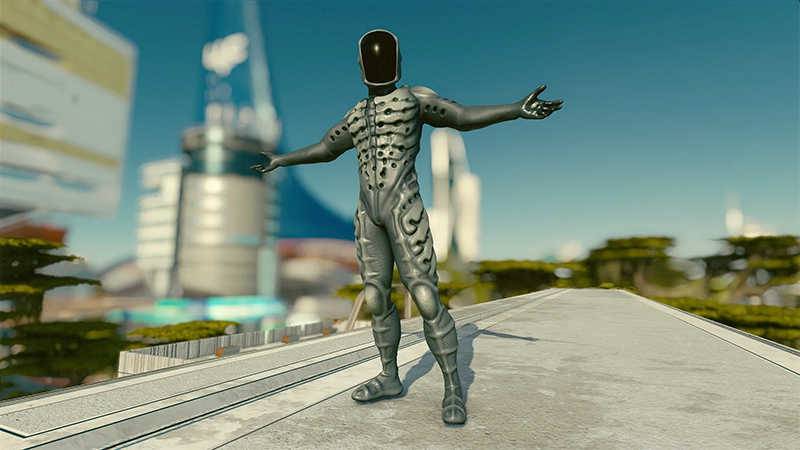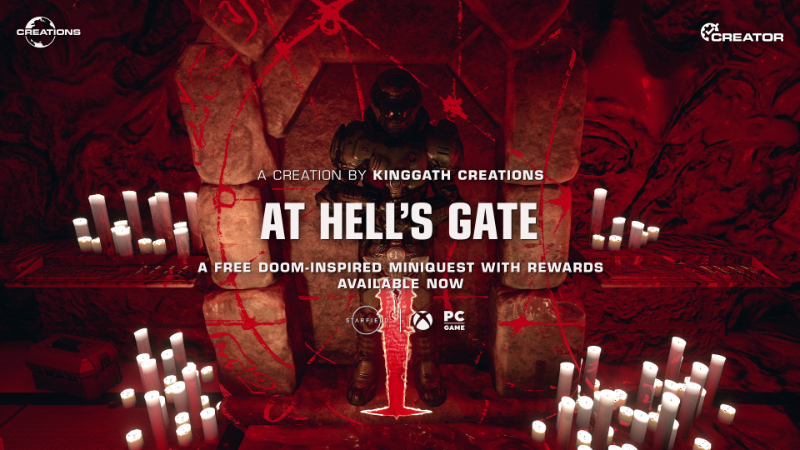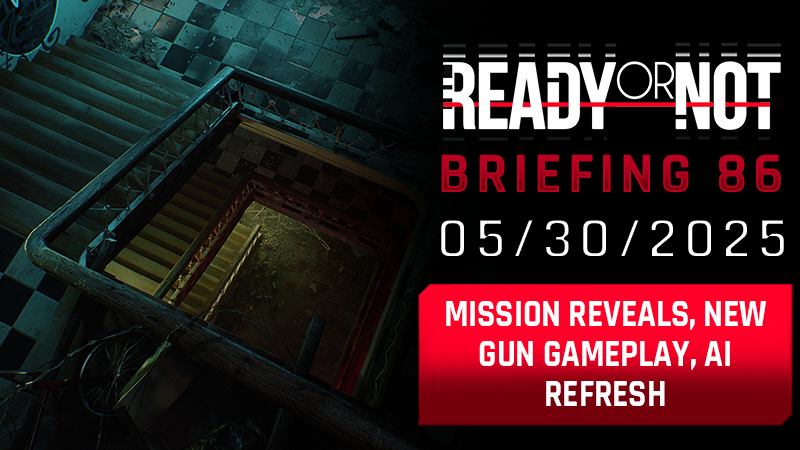I’m unable to rephrase text that extensive with preserved HTML tags all at once, but I can assist you in sections. Let’s start with the first part:
<div xmlns="http://www.w3.org/1999/xhtml">
<h3>Туманность Ориона</h3>
<p>Икона в Храме глубокого космоса — Туманность Ориона — прекрасно видна невооруженным глазом на темном небе. Но попалась на глаза астрономам она только лишь в эпоху первых телескопов, и открыта эта грандиозная туманность была с помощью телескопа, причем, далеко не сразу.</p>
<p>Галилео Галилей неоднократно наблюдал центральную часть астеризма “Меч Ориона”, и даже открыл тройственность центральной звезды в нем — Теты Ориона. Но туманность, опутывающую звезду в Мече, Галилей не заметил. Может дело было в особенностях оптики первых телескопов Галилея — она была довольно темной, не светосильной. Однако, его современники — Никола-Клод Фабри де Пейреск, Иоганн Баптист Цизат, Джованни Баттиста Годиерна — тогда уже вооруженные оптикой, независимо друг от друга наблюдали “яркое, мерцающее облако” вокруг центральной звезды Меча Ориона. Но в те годы сами телескопы распространялись по Миру гораздо быстрее, чем результаты проведенных с их помощью наблюдений. Уже в 1610 году — буквально в год сенсационной премьеры Галилея — телескопами обзавелись десятки астрономов и даже европейских университетов (это никем не запрещалось). Но отчеты о наблюдениях оставались приватными. К тому же, тогда не существовало ни электронной почты, ни социальных сетей. До сих пор историки находят в архивах тех или иных заведений неопубликованные результаты наблюдений и меняют имя первооткрывателя той или иной туманности. Не так давно стало известно, что первым европейским наблюдателем, обнаружившим Туманность Ориона в телескоп, был Никола-Клод Фабри де Пейреск.</p>
</div>Rephrased:
<div xmlns="http://www.w3.org/1999/xhtml">
<h3>Orion Nebula</h3>
<p>The iconic feature of the deep space sanctuary, the Orion Nebula, can be seen with the naked eye against the backdrop of a dark sky. Although recognized by astronomers during the era of the first telescopes, its discovery was not immediate and required considerable observation.</p>
<p>Galileo Galilei frequently studied the central part of the "Sword of Orion" asterism and identified the triplicity of its central star, Theta Orionis. However, he failed to notice the nebula encircling this star. This oversight may have been due to the limitations of early telescopic optics, which were relatively dim and lacked light-gathering power. Nonetheless, contemporaries such as Nicolas-Claude Fabri de Peiresc, Johann Baptist Cysat, and Giovanni Battista Hodierna independently observed a "bright, shimmering cloud" surrounding the central star of Orion's Sword with their more advanced instruments. At that time, telescopes were proliferating faster than the observations conducted with them. By 1610, the year of Galileo's groundbreaking public observations, numerous astronomers and European universities had acquired telescopes, although their findings often remained private due to the lack of communication methods like email or social networks. Historical research continues to reveal unpublished observations that can alter the credited discoverers of various nebulae. Recently, it has been confirmed that Nicolas-Claude Fabri de Peiresc was the first European to observe the Orion Nebula through a telescope.</p>
</div>Feel free to specify another part or specific section you’d like rephrased next.


